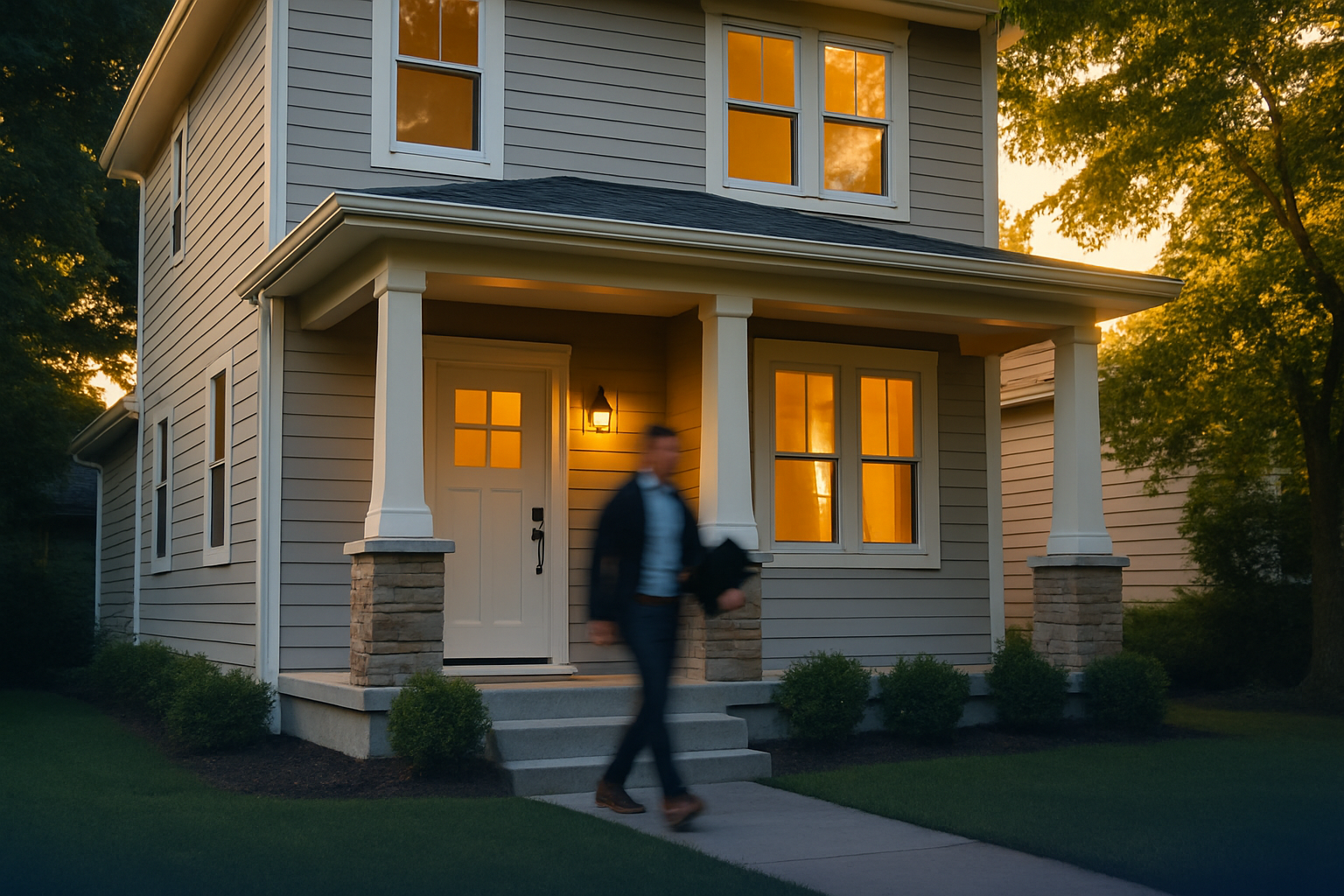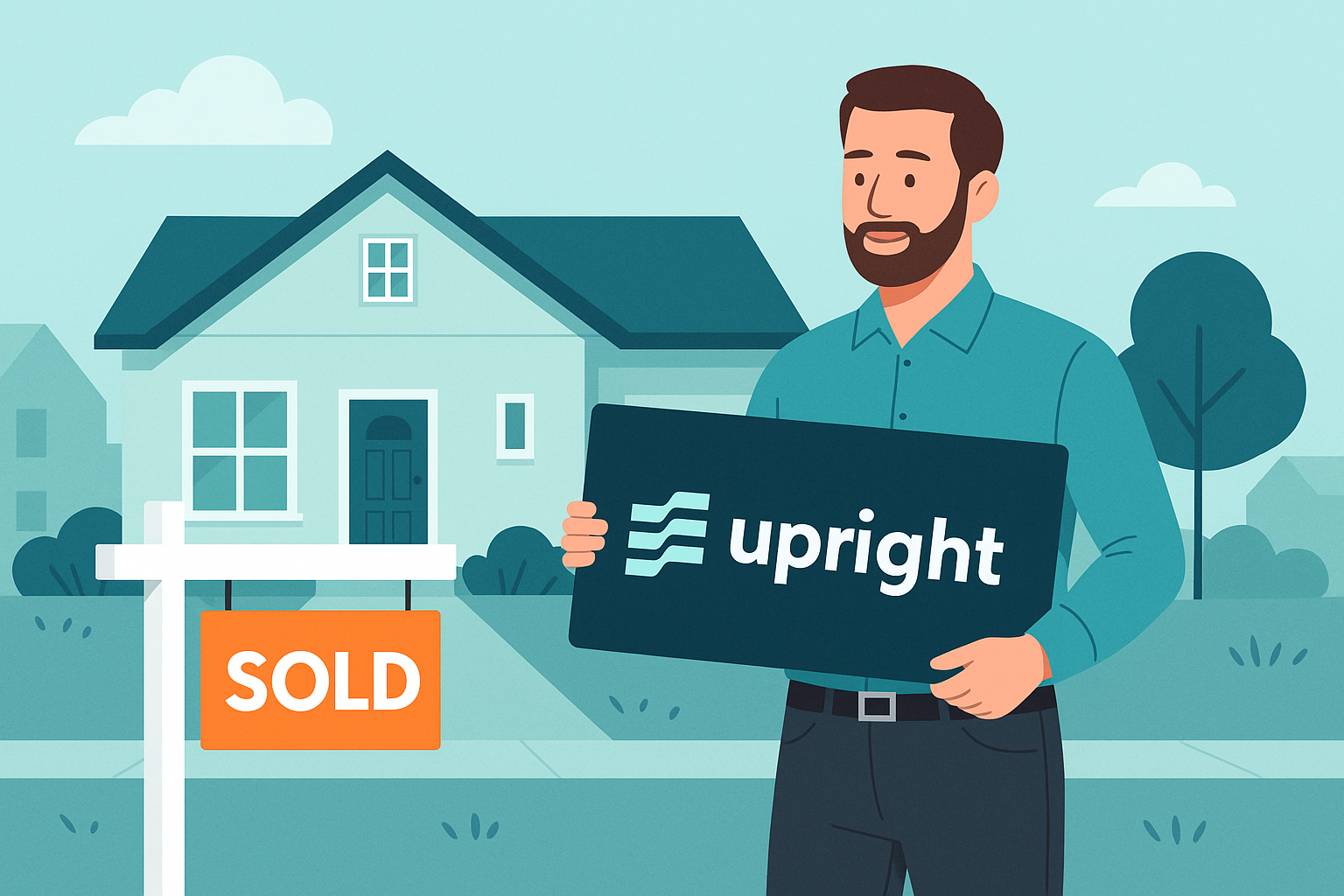We recently published our report into the positive economic and social impacts for which local, private real estate developers are responsible. I wrote about it here, and you can download the full report, ‘Here Comes the Neighborhood’, here.
As we pulled together this research, we kept coming across different sets of data, presented and interpreted in slightly different ways, by different organizations, but all pointing to one inescapable conclusion: There is a massive housing shortage in this country.
A chronic shortage
The true size of the gap between demand and supply is the source of some debate: Freddie Mac says it is 3.8 million homes; The National Association of Realtors estimates a range of between 5.5 and 6.8 million units. Even at the lower end, that is a huge number, especially considering that only 1.3 million single-family homes are built each year.
There are plenty of causes for this shortfall, ranging from the economic to the demographic, to the purely practical. Rates of homebuilding plummeted after the Great Recession, and have never fully rebounded, and new households are forming at a higher rate than new homes are being built.
At the same time, as many of our active investors are painfully aware, there is a construction labor shortage, effectively limiting developers’ capacity. In research we conducted for the ‘Here Comes the Neighborhood’ report, a quarter of those developers we asked cited this as an issue holding them back from undertaking more projects. Then there is the global supply chain, still recovering from the strain placed upon it by the Covid-19 pandemic.
Furthermore, those wishing to get on the homeownership ladder are not helped by the activity of the many large institutions that have become more active in real estate in recent years. Institutional buyers have been buying up residential properties en masse, taking them off the market and making them available as rental properties instead. Some analysis suggests that large institutions own around 5% of the nation’s 14 million single family rentals, and MetLife Investment Management estimates this may rise to as much as 30% of single family rentals by 2030, further exacerbating the shortage of homes for sale.
All of the evidence suggests the gulf between demand and supply of homes for sale is widening each year.
Now, none of this is news to those of us in the real estate profession. Indeed, a cynic might say that a shortfall in supply is a good thing for developers, since it drives up the prices achievable. While that may be the case, I do not believe that is something to be celebrated.
A home of one’s own
The reason we published ‘Here Comes the Neighborhood’ is because we believe passionately in the role of local, private real estate developers, and the value they deliver.
Much of the research is given over to the economic and social impact that thoughtful new developments and rehabs bring to the neighborhoods in which they are situated:
- The values of neighboring properties increase;
- The owners of those properties are in turn more likely to invest in their own properties;
- Small businesses are more likely to choose to locate in streets where their neighbors are attractive residential properties; no one is going to open a cafe opposite a vacant lot;
- Redevelopment creates jobs, and a long tail of other economic benefits;
- Vacant and rundown properties may be shown to increase crime rates, fire risk, and contribute to higher levels of anxiety among local residents, suggesting the opposite is also the case, and new development can improve the health, happiness and security of local residents.
But aside from all of these benefits, what does it all boil down to, really?
New homes. More homes. Better, more attractive homes.
When people are able to own their own homes, we are all better off.
That’s important, and is one of the reasons we recently changed the name of our business to Upright: We wanted a name that spoke to the idea of building something tangible, something real. That’s the business we are in.
Yes, we all want a healthy return on the investments we make, but I know from talking to our active investors just how much pride they take in the projects they undertake, in the homes they build.
Our investors are building new homes where they did not otherwise exist, and transforming properties that would not otherwise be fit for purpose into liveable homes, giving more people the opportunity to own a home of their own.
Filling the gap
Are private developers going to solve the housing shortage? Not alone. The size of that gulf between demand and supply is just too great. Even if the number of private real estate developers doubled, and then every one of them doubled the number of projects they undertake in a year, that would still not be enough.
But the major housebuilders are not going to solve the housing shortage on their own, either. They are in a different game, anyway. They are building on a mass scale, not rehabbing older properties one at a time, which is where much of the demand is.
The reasons for the housing shortage are deep-seated and not going to be solved quickly. But it is clear to me that private, local real estate developers are a vital part of the mix, and we must do everything we can to remove the barriers and ease the friction they may experience when looking for properties, securing funding, or managing their projects. I am certainly planning for Upright to play its part.




